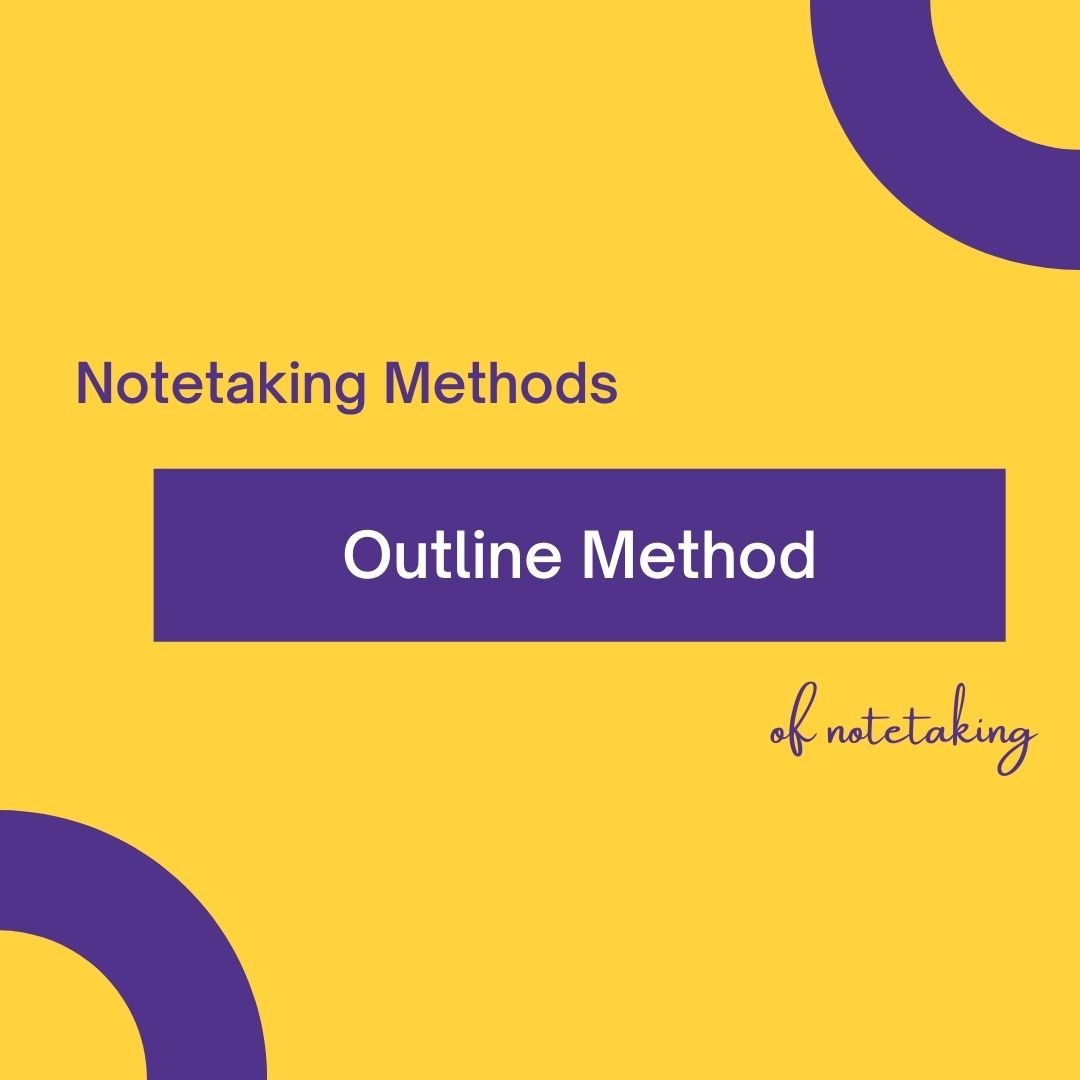For students who want to get the most from their research activities.
Search the Blog
The Flow Method of Notetaking
The Flow Method is a dynamic and continuous approach to notetaking that emphasises capturing information in a seamless and uninterrupted format.
The Sentence Method of Notetaking
Using the Sentence Method involves creating a narrative-style overview of the lecture information and which is organised using a numbered sequence.
The Boxing Method of Notetaking
The Boxing Method of notetaking uses boxes to group topic clusters together in a hierarchical structure for a clear overview of the information.
The Outline Method of Notetaking
The Outline Method groups main topics and subtopics together in a clear hierarchy making it easy to identify relationships and connections between topics and ideas.
The Split Page Method of Notetaking
The Split Page method is a notetaking style that can help you create simple but effective organised notes that are easy to read and revise.
The Q/E/C Method of Notetaking
The Q/E/C method defined categories of questions, evidence and conclusions create a systematic approach to capturing, analyzing, and synthesizing information.
The Charting Method of Notetaking
The Charting Method creates maps of the information which allows you to build connections, relationships, and ideas with precision transforming your notes into dynamic visual maps.
The Cornell Method of Notetaking
The Cornell Method is a systematic approach to notetaking. This method has been designed to help you create structured notes that help you organise, retain and revise information.
Referencing Software: 16 Online Tools
Create and record reference lists or bibliographies in just a few clicks with referencing management software, bibliographic management software or citation management software. There are lots of choices available, here we list a few of the most popular.
The Mind Map Method of Notetaking
The Mind Map method of notetaking that uses graphical representations and keywords and phrases to connect ideas, making recall and review simple. Mind maps are great for all types of learning styles but are especially beneficial to visual learners.
Plain & Lined Notebooks for Students
For university students who need a compact, lightweight notebook for lectures, seminar groups and individual study. Use this notebook to combine the fluid and creative strengths of Mindmaps with the structured approach of the Outline Method creating lists to connect concepts.
Read & Reference Notebooks for students
Designed for university students who need a compact, lightweight notebook that they can use anywhere, anytime. Every page has headline bibliographic information to prompt students to correctly capture the author, title and page numbers of each source.












